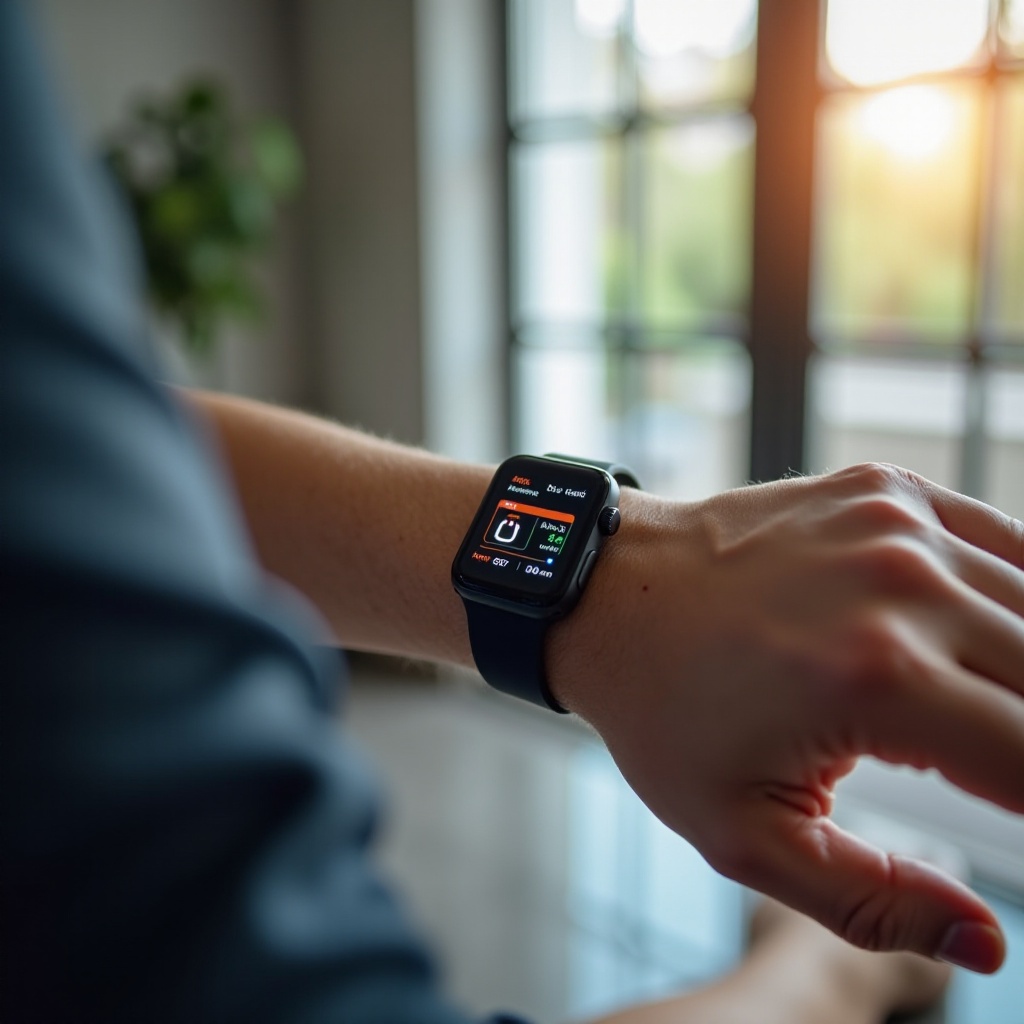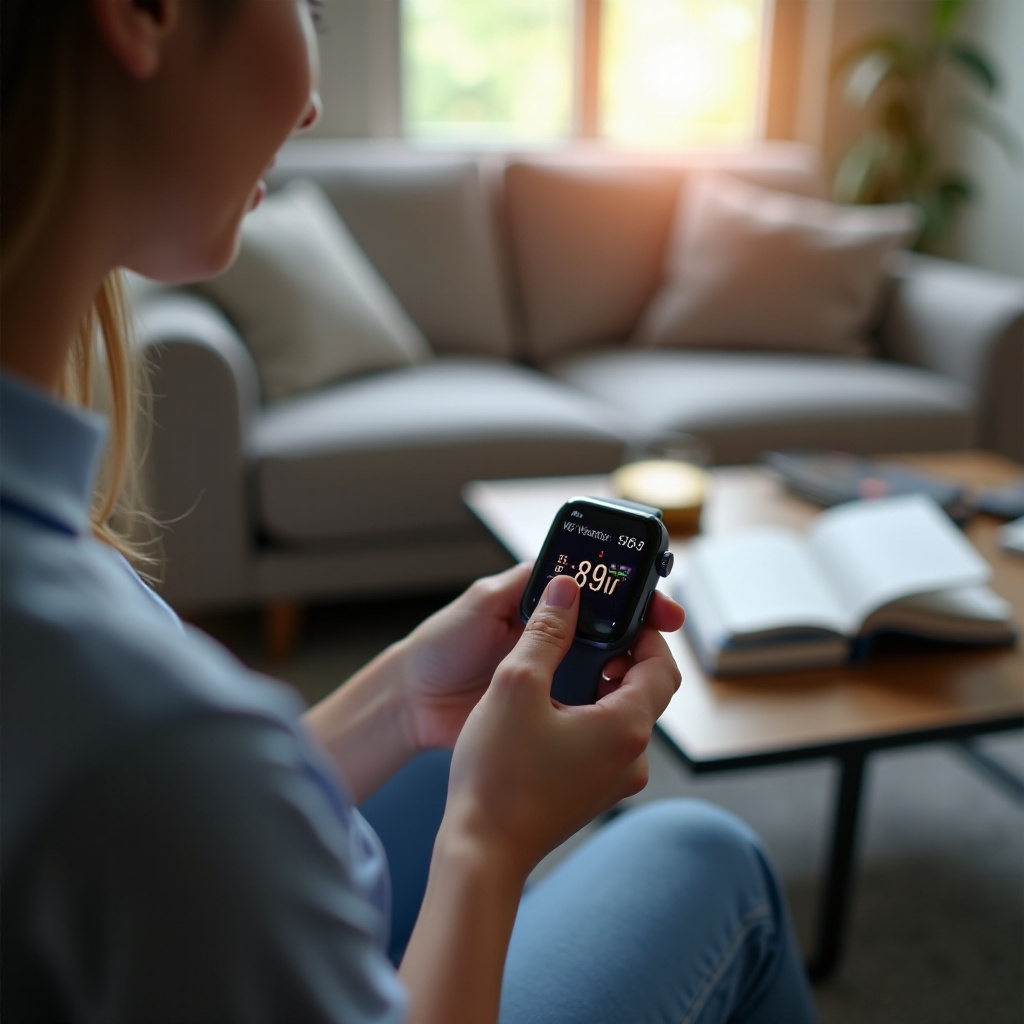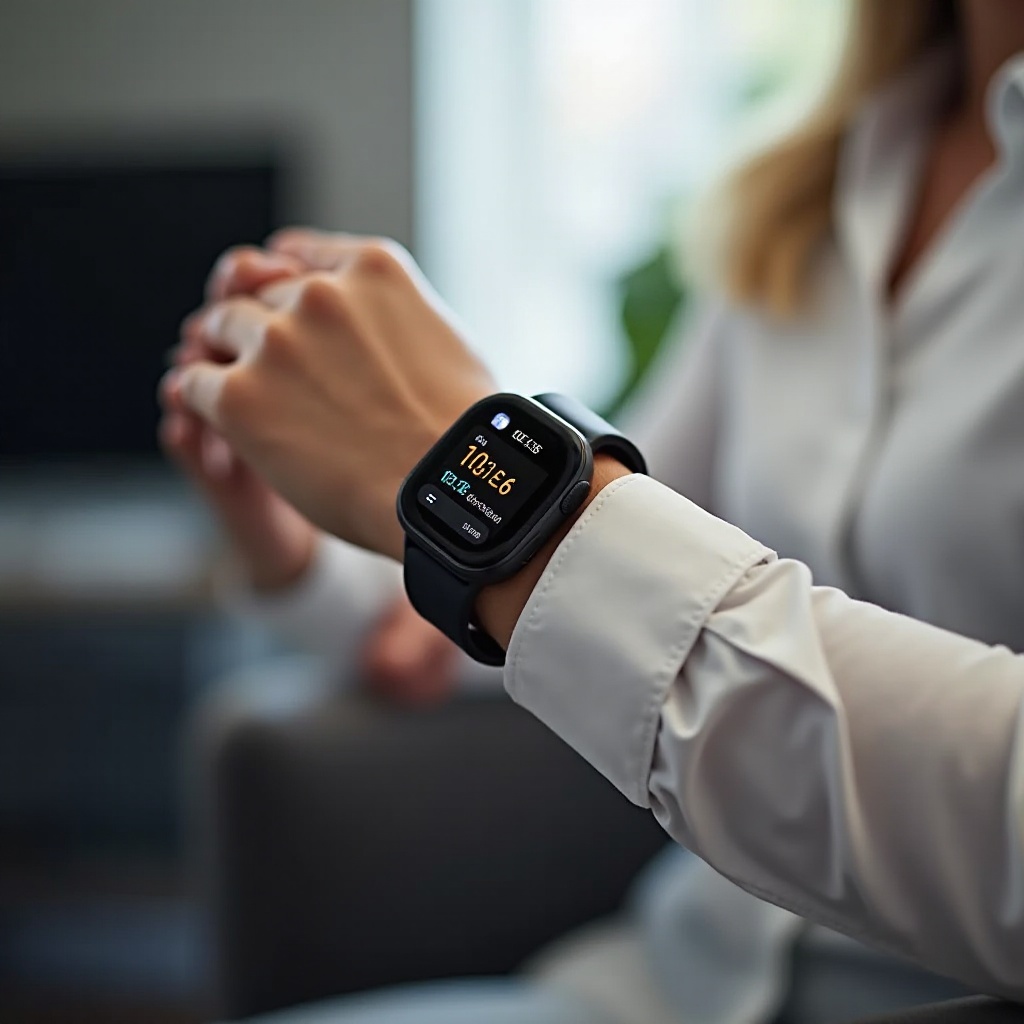Introduction
Blood pressure is a fundamental indicator of overall health. Regular monitoring can help manage conditions like hypertension, cardiovascular diseases, and other chronic illnesses. Many smartwatches today come equipped with blood pressure monitoring capabilities, blending convenience with essential health insights. But how do these wearable devices measure something that traditionally relies on a cuff and stethoscope?

Understanding Blood Pressure
Definition and Normal Ranges
Blood pressure is the force exerted by circulating blood on the walls of blood vessels. It’s measured in millimeters of mercury (mmHg) and recorded with two numbers: systolic and diastolic pressure. A normal reading is generally considered to be around 120/80 mmHg.
Health Implications of Blood Pressure Levels
High blood pressure (hypertension) increases the risk of heart disease, stroke, and kidney problems, while low blood pressure (hypotension) can cause dizziness and fainting. Understanding your blood pressure readings and maintaining them within a healthy range is crucial for long-term health.
Monitoring blood pressure traditionally entails visiting a healthcare facility or using home-based systems. Now, wearable technology offers an alternative.
The Technology Behind Smartwatch Blood Pressure Measurement
Sensor Technology: PPG and ECG
Most smartwatches use optical heart rate monitors employing photoplethysmography (PPG). PPG sensors measure blood volume changes in the microvascular bed of tissue. By emitting light into the skin and detecting the amount reflected back, these sensors estimate heart rate and, indirectly, blood pressure.
Electrocardiograms (ECGs) are another technology in some advanced smartwatches. They measure the heart’s electrical activity, providing insights into heart rhythm and health. While not commonly used for blood pressure, ECGs can augment overall cardiovascular monitoring.
The Process of Estimating Blood Pressure
Smartwatches combine PPG data with sophisticated algorithms to estimate blood pressure. During calibration, the user typically pairs the smartwatch with a traditional cuff-based monitor to establish a baseline.
Once calibrated, the smartwatch uses real-time PPG readings to estimate the user’s blood pressure. This indirect method relies on analyzing the pulse transit time (PTT), the time it takes for a pulse wave to travel between two arterial sites. These devices continually learn and adapt to provide better accuracy over time.
Understanding these technical aspects highlights the advancements in wearable technology. But how accurate are these readings compared to traditional methods?
Evaluating the Accuracy of Smartwatch Blood Pressure Readings
Comparison with Traditional Blood Pressure Measurement Tools
Traditional blood pressure measurement methods, such as automated cuff-based monitors and manual sphygmomanometers, are the gold standards for accuracy. Smartwatches aim to provide comparable insights, though they use indirect estimations.
Research suggests that while smartwatches can monitor blood pressure trends and alert wearers about significant changes, they may not always match the precision of traditional methods. Variability in positioning, user movement, and skin tone can affect PPG signal quality.
Research Studies and Clinical Trials
Various studies and clinical trials have investigated the accuracy of smartwatch blood pressure monitors. Some studies indicate promising reliability for tracking trends, though exact measurements can vary.
Clinical validation remains a priority for manufacturers. Ongoing improvements and updates aim to reduce discrepancies and improve the fidelity of these wearables. This innovation makes wearable health monitoring increasingly sophisticated.
With the background and technology understood, let’s explore some of the leading smartwatch models excelling in this feature.

Popular Smartwatch Models for Blood Pressure Monitoring
Detailed Reviews of Leading Models
Several smartwatch models have garnered attention for their blood pressure monitoring capabilities:
- Samsung Galaxy Watch Active 2: It uses PPG sensors and has undergone clinical validation. Users appreciate its user-friendly interface and comprehensive health monitoring features.
- Omron HeartGuide: Known for its clinical-grade accuracy, it pairs traditional inflatable cuff technology with the convenience of a smartwatch.
- Fitbit Sense: Offers various health-tracking features, including EDA and ECG scans, alongside estimated blood pressure monitoring.
- Aktiia Bracelet: Focuses primarily on blood pressure monitoring, utilizing sensor technology calibrated via a traditional cuff.
Key Features and Comparisons
- Accuracy: Devices like the Omron HeartGuide offer closer accuracy to conventional methods due to their hybrid approach.
- Convenience: The Samsung Galaxy Watch Active 2 provides a balance of ease and comprehensive health data.
- Additional Features: Fitbit Sense includes multiple health metrics, providing a broader health picture.
- Price: Wearables vary significantly in cost, reflecting their technology and additional health features.
As technology improves, these devices are becoming more accurate and feature-rich, driving their popularity.

Benefits and Limitations
Advantages of Using a Smartwatch for Blood Pressure Monitoring
- Convenience: Continuous, real-time monitoring without any hassle.
- Comprehensive Health Data: Integrated with other health metrics, offering a holistic view.
- Accessibility: Useful for individuals who need regular monitoring but lack access to traditional methods.
- Alerts and Trends: Notifications about abnormal readings, helping users seek timely medical advice.
Potential Drawbacks and Limitations
- Accuracy: Might be less precise than traditional tools, especially without proper calibration.
- Environmental Factors: User movements, skin tones, and positioning can affect readings.
- Dependency: Overreliance on smartwatch data without professional consultation could be risky.
Balancing these pros and cons helps users make informed choices about integrating these devices into their health management routine.
Conclusion
The future of blood pressure measurement looks promising with the rapid advancement of smartwatch technology. While existing devices offer convenient and continuous monitoring, ongoing improvements aim to enhance accuracy and reliability. Smartwatches are proving to be invaluable tools for managing health, offering accessible and actionable insights.
Frequently Asked Questions
How accurate are smartwatch blood pressure readings?
Smartwatch readings can track trends accurately but may not always match the precision of traditional methods. Calibration and consistency play critical roles in improving accuracy.
Can I rely solely on my smartwatch to monitor my blood pressure?
While smartwatches are excellent for regular monitoring, they should complement traditional methods and professional medical advice, not replace them.
What should I look for when choosing a smartwatch for blood pressure monitoring?
Consider accuracy, ease of use, additional health features, and cost. Reviews and clinical validations are valuable for making informed decisions.

